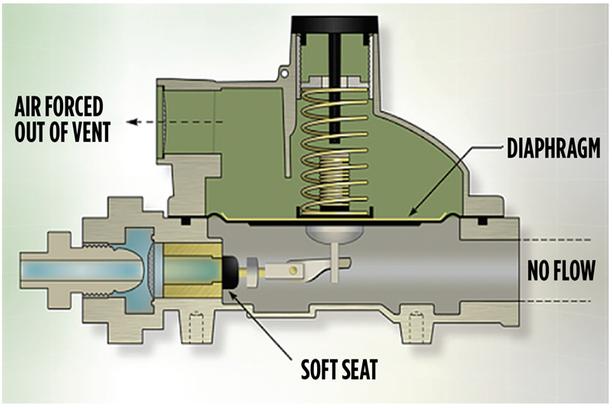Understanding Propane Regulator Lock-Up: Safety and Standards Explained
In residential propane systems, the concept of “lock-up” holds vital importance in ensuring safe and efficient operations. Lock-up occurs within regulators when the regulator’s orifice is entirely closed off, preventing the flow of propane through it. Understanding the Mechanism Lock-up is a result of the demand for propane downstream ceasing. As the pressure beneath the… Continue reading Understanding Propane Regulator Lock-Up: Safety and Standards Explained

